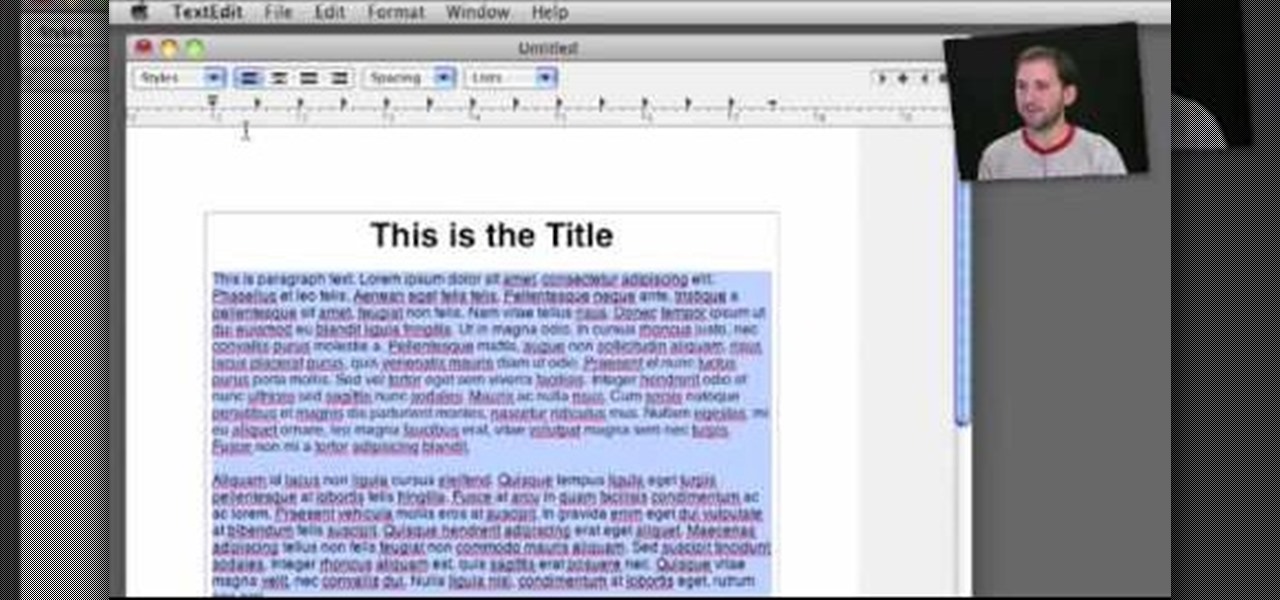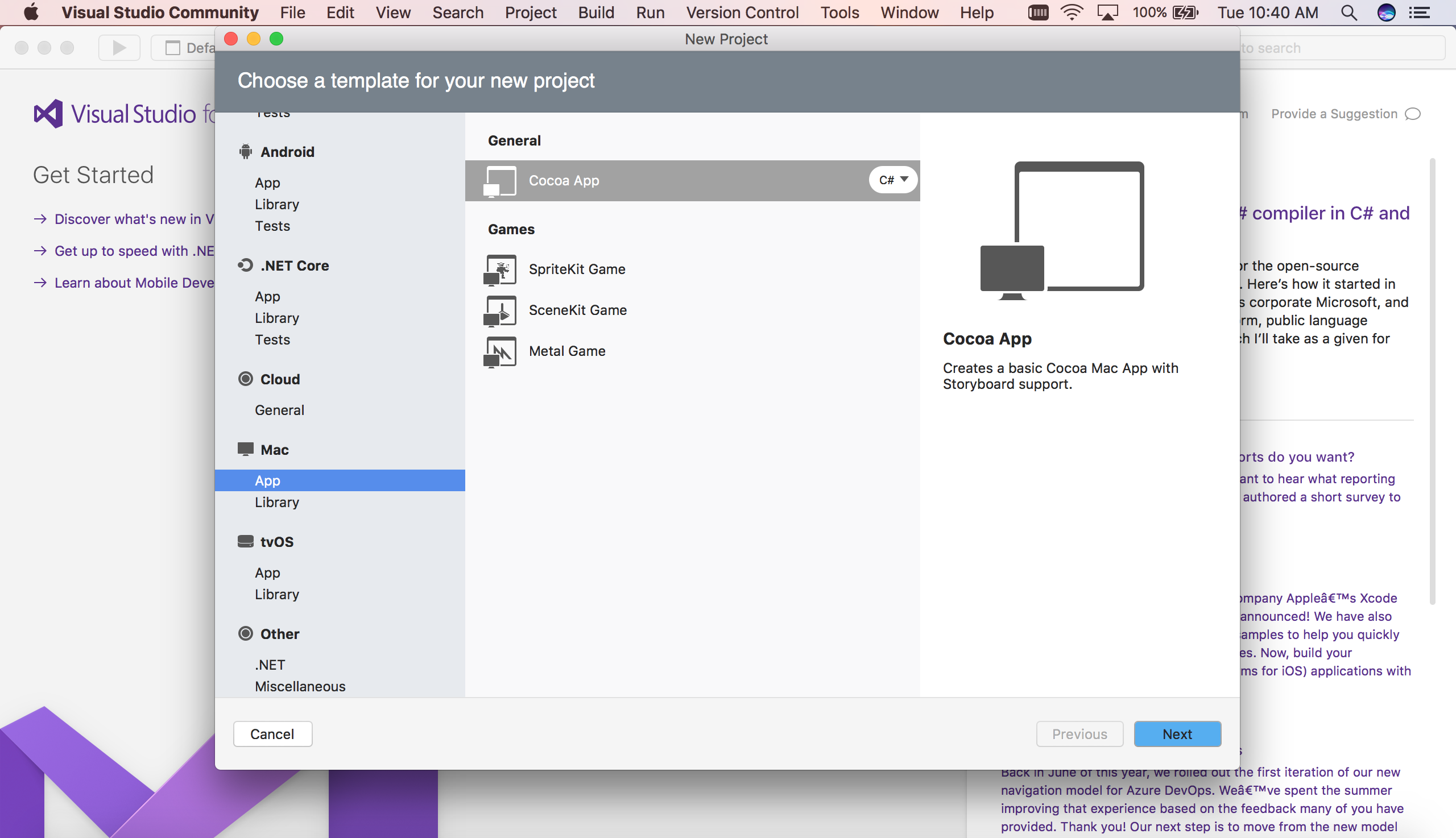2021. 1. 12. 05:40ㆍ카테고리 없음

May 28, 2020 Apple Mac OS X Skype for Business Server 2015 or Lync Server 2013 OSX 10.11 (El Capitan) or OSX 10.12 (Sierra) Outlook Mac build 15.27 (161010) required for Outlook integration Visit System Requirements for Office page for full system requirements. In Visual Studio for Mac visual studio for mac macos 10.15 Fixed - Pending Release Jonathan Peppers MSFT commented Sep 15, '20 38 Votes. BASIC for Linux(R), Mac(R) OS X and Windows(R) It is a new programming language, a further BASIC dialect and is related to VB.NET(R), Visual Basic(R), Visual Basic for Application(R) and Java(R). It combines the best features of those tools and comes with built-in backward support for those tools and QBasic(R) as it is 100% syntax compatible to.
- Microsoft Visual Basic For Mac Os X
- Office For Mac For Visual Basic For Applications (VBA ...
- How To Update Mac Os X
- Programming On A MAC With Visual Basic Wh… - Apple Community
| Paradigm | Procedural |
|---|---|
| Developer | Staz Software, FBtoC team |
| Stable release | |
| OS | Mac OS |
| License | Freeware |
| Website | www.brilorsoftware.com/FB/ |
FutureBasic is a freeBASICcompiler for Apple Inc.'s Macintosh.
It's worth noting the new.NET Core is cross-platform, as is the 'Visual Studio Code' editor, which also now supports debugging. Thus, if you install Visual Studio Code and.NET Core on a Mac in OS X you can quite freely edit and compile and run and debug and share your code with Visual Studio 2017 on a PC. – DavidMWilliams Feb 2 '17 at 5:16.
It consists of an integrated development environment (IDE), editor, project manager, etc. for both PowerPC and Intelmicroprocessors. Since 1 January 2008, the package has contained a translator, FBtoC, that converts the FutureBasic syntax to C and automatically calls Apple's GNU Compiler Collection (gcc). No knowledge of C is required. FutureBasic supports access to Mac OS library calls.
History[edit]
FB began life in the mid-1980s[1] as ZBasic, which was created by Andrew Gariepy and envisioned as a cross-platform development system. Before long, the cross-platform aspects were dropped in favor of focusing on Macintosh development. ZBasic acquired a devoted following of developers who praised its ease of use and the tight, fast code produced by the compiler (a legendary labor involving extensive use of hand-built 68K assembly language code). In 1992 and as the next major step after ZBasic version 5[2], Zedcor Inc., the company of the Gariepy brothers Andy, Mike, Peter and friends based in Tucson, Arizona presented FutureBASIC (later called FBI).[3] In 1995 Staz Software,[4] led by Chris Stasny, acquired the rights to market FutureBASIC. Chris Stasny started this business with an upgraded version, namely FBII,[5] and with his own development, the Program Generator[6] (PG PRO), a CASE tool.
The transition from 68k to PowerPC central processing unit (CPU) was a lengthy process that involved a complete rewrite of the editor by Chris Stasny and an adaptation of the compiler by Andy Gariepy. The result of their efforts, a dramatically enhanced IDE called FB^3[7], was released in September 1999[8], featuring among many other things a separate compiler application, various open, hence modifiable runtimes,[9] inline PPC assembly, a simplified access to the Macintosh Toolbox Application Programming Interface (API), as well as an expanded library of built-in functions. Major update releases introduced a full-featured Appearance Compliant[10] runtime written by Robert Purves and the Carbon compliance of generated applications. Once completely carbonized to run natively on the Mac OS X, the FutureBASIC Integrated Development Environment (FB IDE) was called FB4 and first released in July 2004.
Based in Diamondhead, Mississippi, Staz Software was severely hit by Hurricane Katrina in August 2005 and development pace was slowed at a time when major effort was required to keep the IDE up to date with Apple's evolution towards the Intel-based Macintosh.
In 2007, an independent team of volunteer FB programmers, known as the FBtoC team, developed a translator (FBtoC) that allows FB to generate applications as Universal Binaries through the use of the open source GCC compiler which is included with each copy of Apple's Mac OS X system software.
On January 1, 2008, Staz Software announced that FB would henceforth be freeware and FB4 with FBtoC 1.0 was made available.[11]
Processor and operating system support[edit]
System requirements for original Macintosh release: Motorola 68000System requirements to create universal binaries with FBtoC: Mac OS X v10.4 or higher, GCC 4.0 or higher, and the Cross-development SDKs must be installed.
Syntax[edit]
FutureBasic syntax supports procedural, modular styles of programming using function calls and local variables.
Program flow & structural blocks[edit]
User-defined functions (a.k.a. LOCAL FNs in FutureBasic) are much like C or Pascal functions.
- They can also be totally insulated from the main program (LOCAL MODE statement);
- they allow recursion;
- they can be called dynamically at runtime (DEF FN USING statement);
- called automatically by FutureBasic built-in event vectors (ON EVENT FN statement);
- used as cooperative threaded functions (THREADBEGIN statement).
Specific structures (ENTERPROC/EXITPROC) are used for callback procedures when calling the Macintosh Toolbox.
The language provides the programmer with a complete set of vectors for event-driven applications, such as ON MENU, ON MOUSE, ON DIALOG, ON APPLEEVENT, ON EDIT, ON TIMER, etc.
Other structured keywords include conditional blocks such as:
- LONG IF .... XELSE ... END IF
- DO .... UNTIL
- WHILE ... WEND
- SELECT ... CASE... CASE ELSE ... END SELECT
- FOR ... NEXT
Legacy BASIC language commands such as: GOTO and GOSUB/RETURN with line numbers and labels - while discouraged - are supported for educational purposes.
An example of a simple program to input a number and display 'Hello World' is given below
Data types[edit]
FutureBasic supports complex data types include single and double precision floating points, double length integers, arrays, strings and records (similar to struct in C). Of note is the DYNAMIC array structures (size of memory footprint grows only when used) including DYNAMIC string arrays called INDEX$ and 'container' variables which can perform string-like operations on data streams up to 2Gb in size.
C and Pascal borrowed coding styles[edit]
Commenting in the code is substantial allowing REMark statements, and C style /* remark */ statements. Sections of code can be bookmarked for easy reference.

Other alternate syntax borrowed from C allows the use of operators such as ++ -- != += -= || &&

Characters in Pascal strings are accessible much like items of an array: a$[0] (length byte); a$[1] (first character in string a$).
While the FutureBasic language still supports old style variable typing with suffix identifiers, it provides a modern alternative with the as clause:dim b as byte; dim s as short, dim l as long; etc.

Bridges to other languages[edit]
- AppleScript scripts can be assembled with FutureBasic statements then executed on the fly by a running application. Example:
- FutureBasic allows the triggering of UNIX commands. Example:
- FB allows inline C code. Example:
Limitations[edit]
- No cross-platform development. This is a Macintosh-only compiler.
FutureBasic supports Macintosh Intel architectures but does not compile on or for any version of Microsoft Windows.[1] and see bottom of page at:[2]
References[edit]
Microsoft Visual Basic For Mac Os X
- ^http://www.brilorsoftware.com/FB/index.htm
- ^https://freegroups.net/groups/futurebasic/

Office For Mac For Visual Basic For Applications (VBA ...
| Wikibooks has a book on the topic of: Futurebasic |
How To Update Mac Os X
- ^ An history of Basic wars on the Mac platform by Jonathan Hoyle for MacCompanion, Part IMacCompanion, Part II
- ^ ZBasic 5 reviewed by Dave Kelly for MacTech magazine
- ^ FBI introduced major enhancements to the BASIC language, encouraging the developers to use named constants and local functions instead of subroutines for better structured programs and re-usable code.
- ^ Home of Staz Software,inc.
- ^ FBII was 32bit-clean and could run from Mac 128 to G5-based Macintosh in emulated mode.
- ^ Program Generator is a Rapid application development tool that is flexible enough to build sophisticated applications quickly for the Macintosh pre-Mac OS X environments. For Mac OS X, Appearance compliant programs onwards, FutureBASIC uses Apple's Interface Builder.
- ^ pronounced FB cubed.
- ^ A week later the European edition was released which included English, Italian, German (now discontinued) and French language versions. There is also a Japanese language edition.
- ^ Starting with FB^3, a runtime consists of include files written in FutureBASIC that are compiled along with the source code written by the programmer. It contains various declarations for structures, constants, global variables, resources, functions and procedures that constitute the FutureBASIC language. The main runtimes are: Standard BASIC, Appearance Compliant and Mac Toolbox.
- ^ The Appearance Compliant runtime allows access to most of the features of Apple's Appearance Manager.
- ^Welcome to the FBtoC Project and FutureBasic Freeware
Programming On A MAC With Visual Basic Wh… - Apple Community
